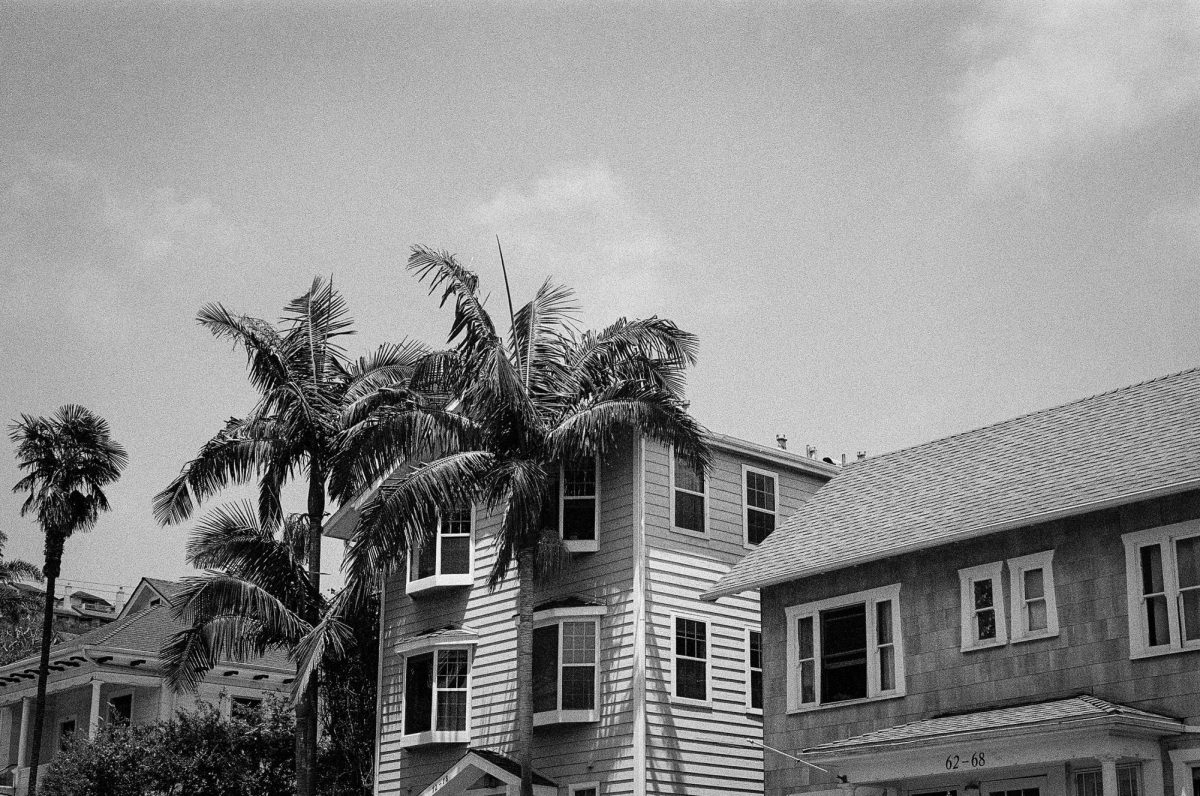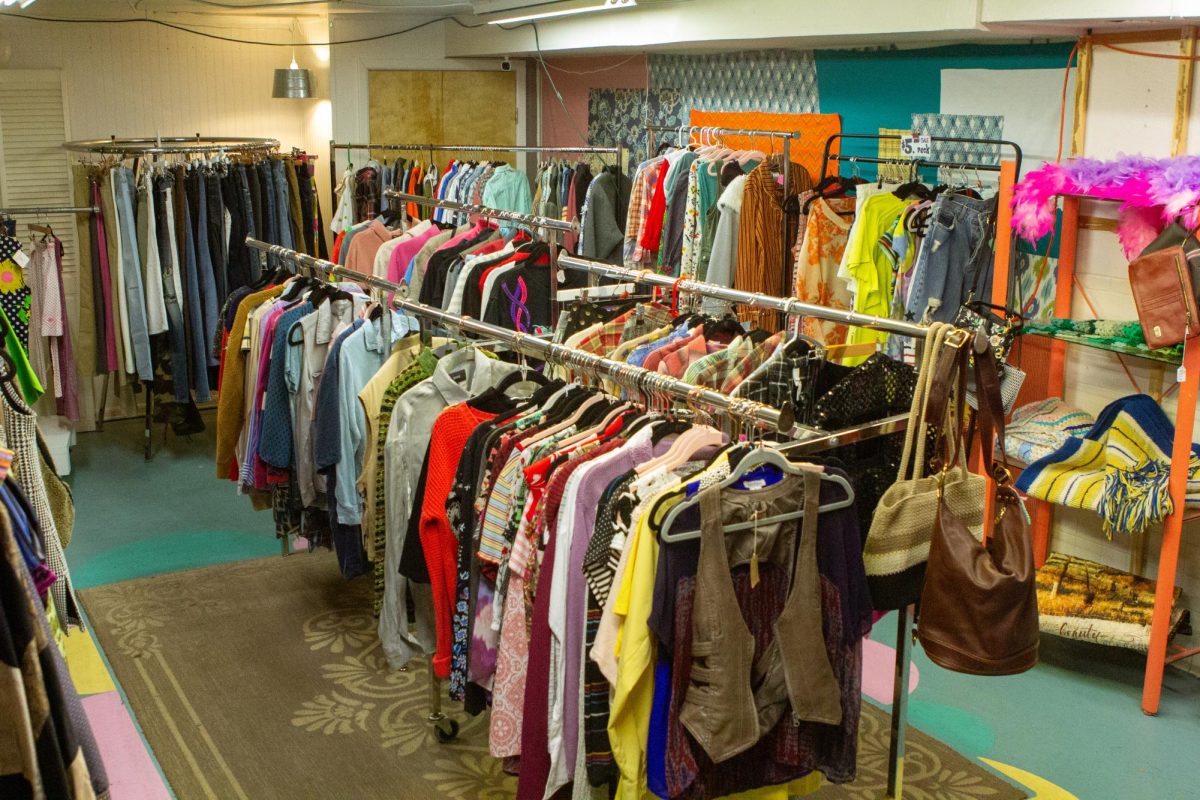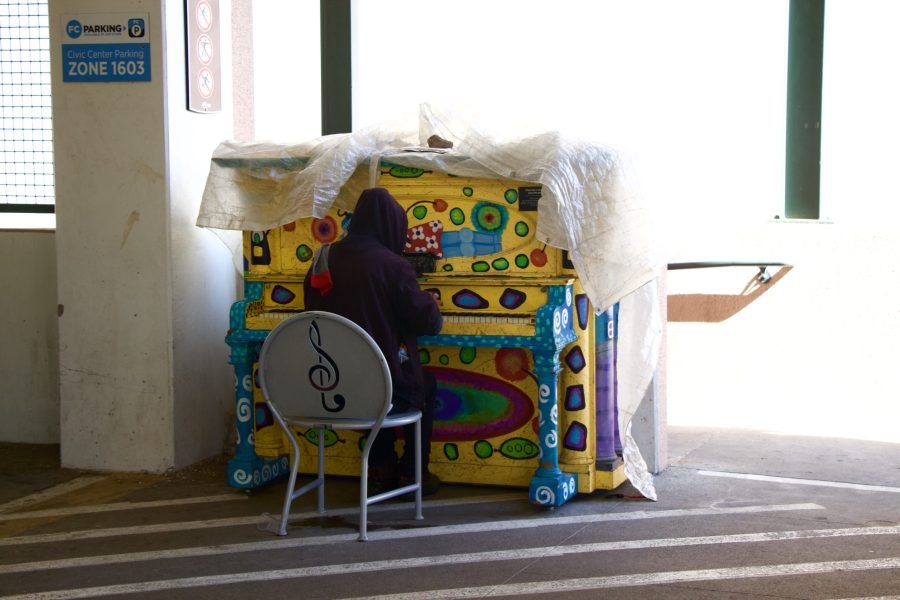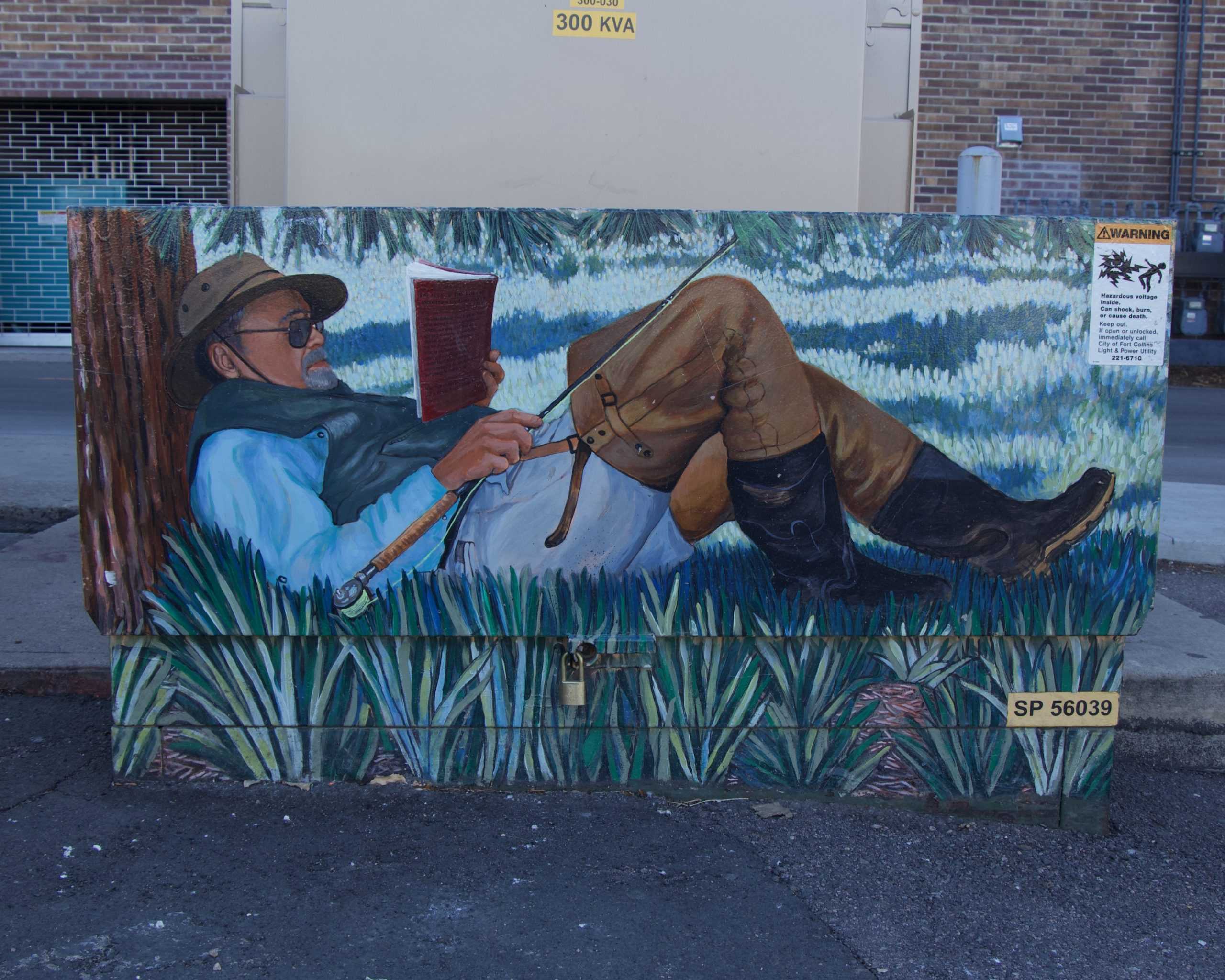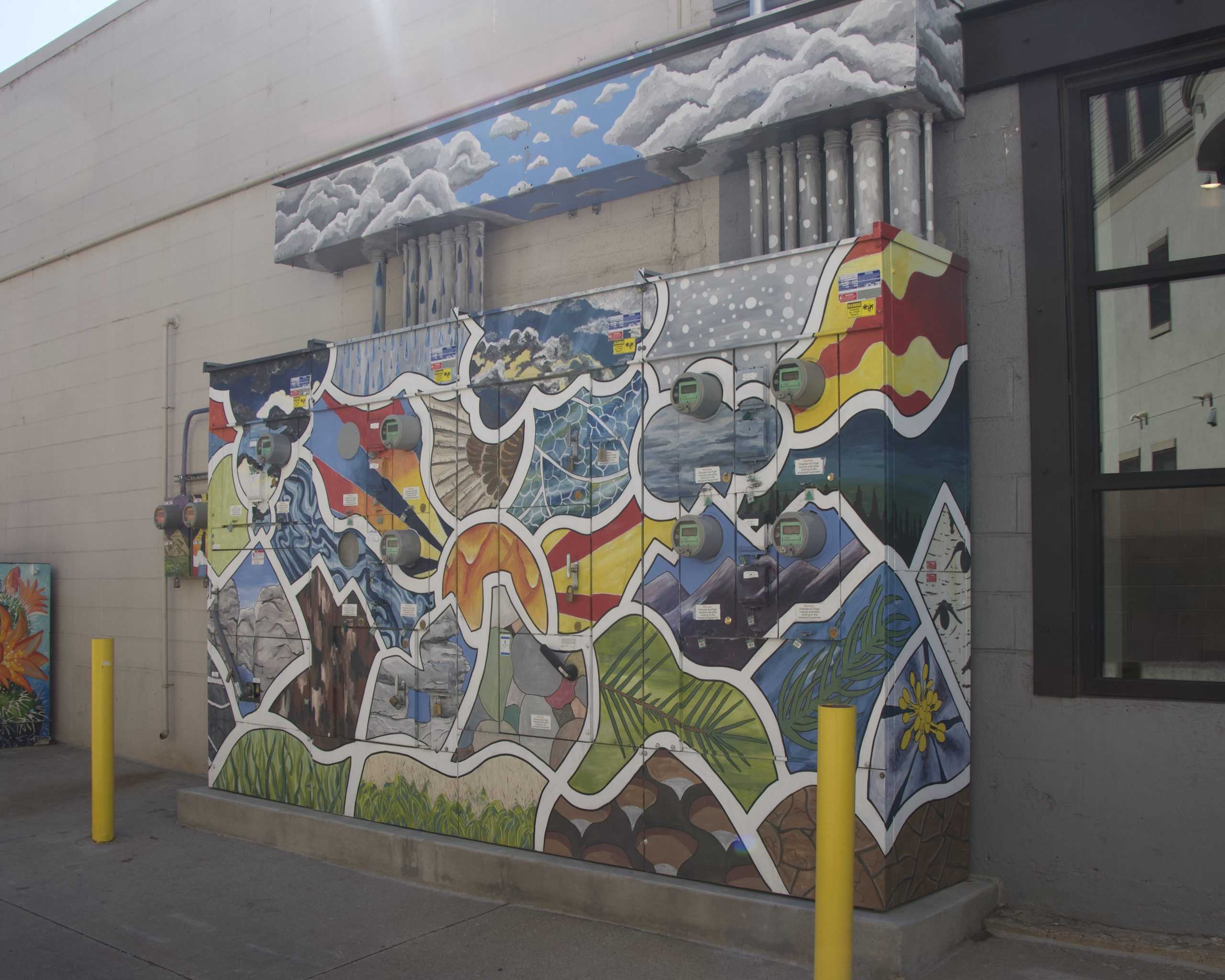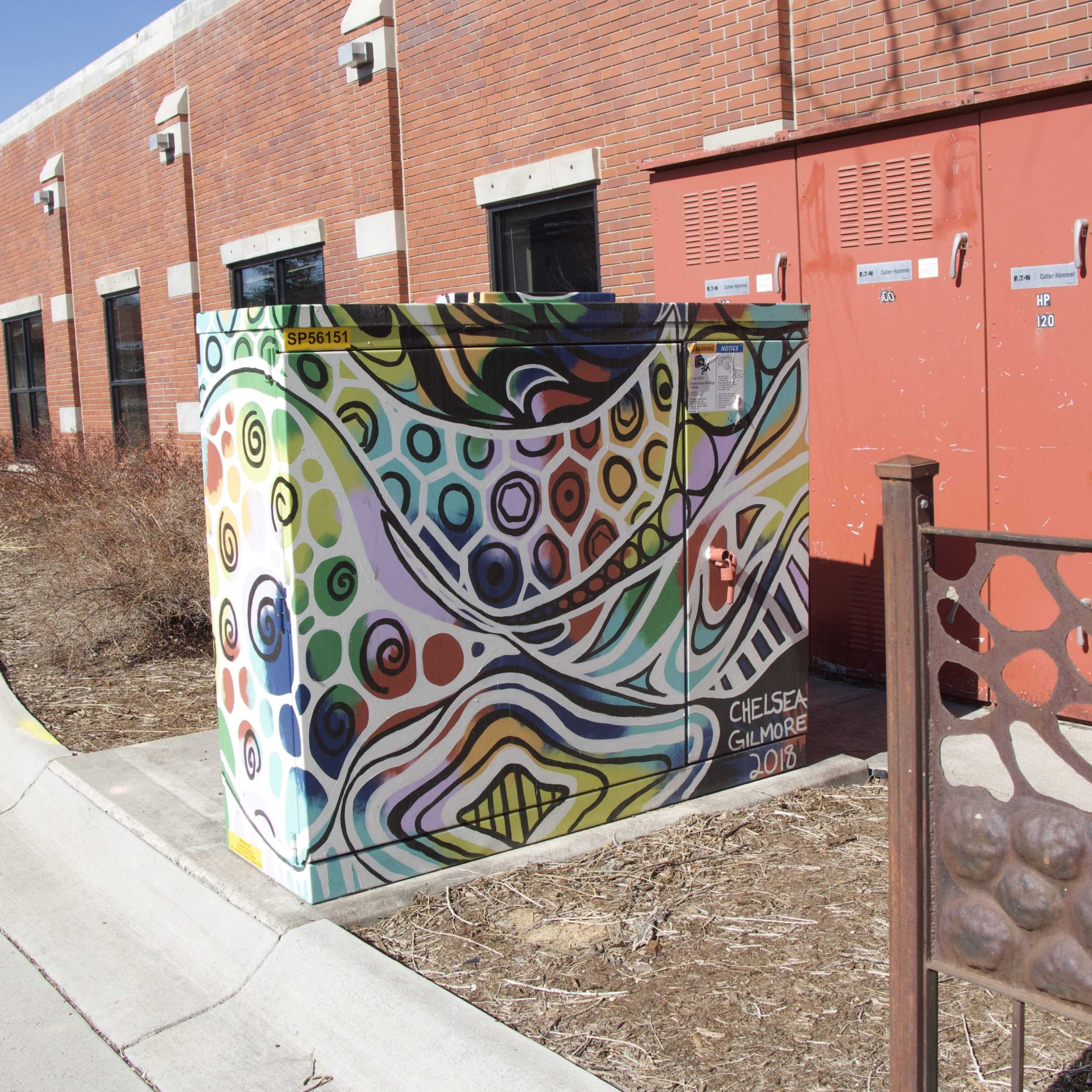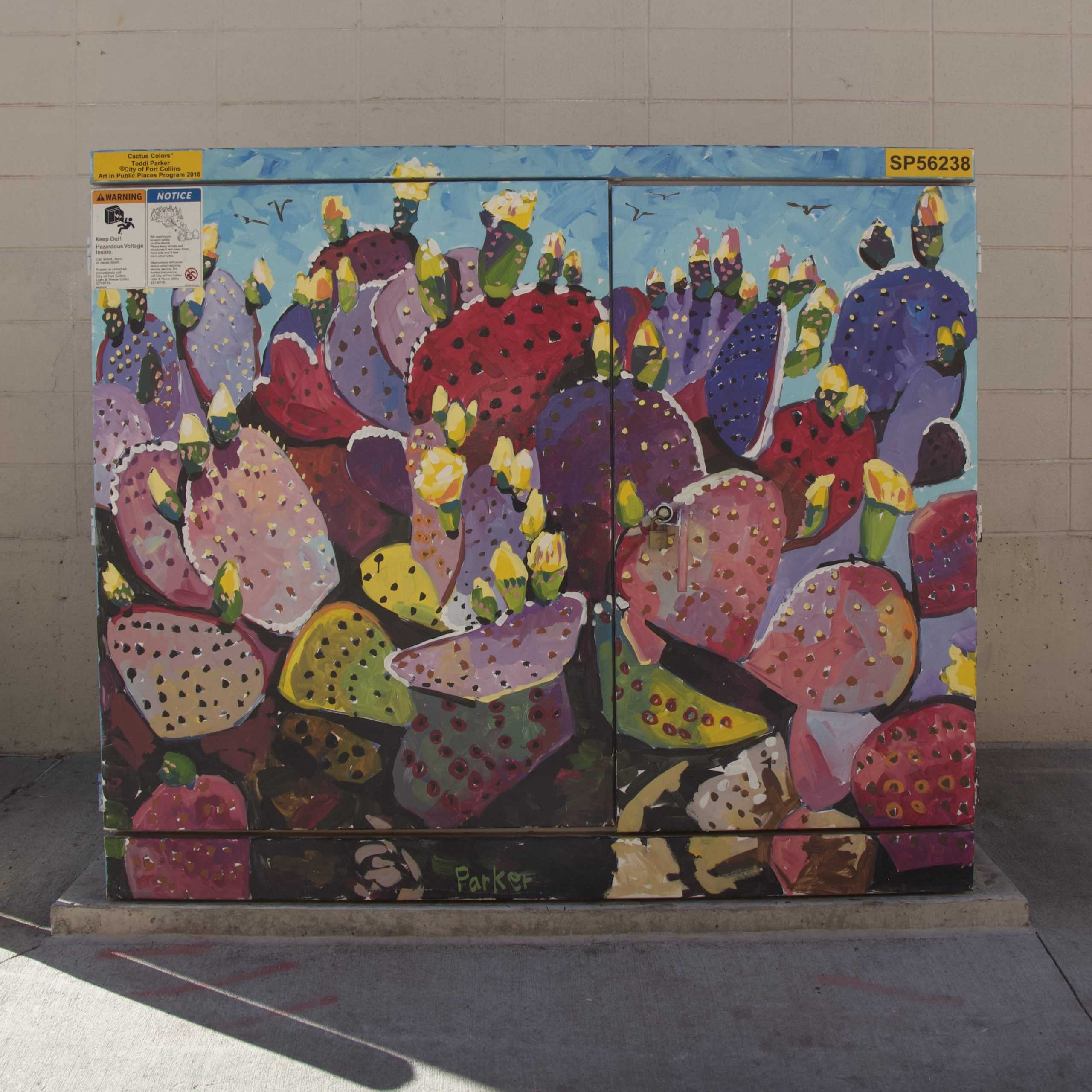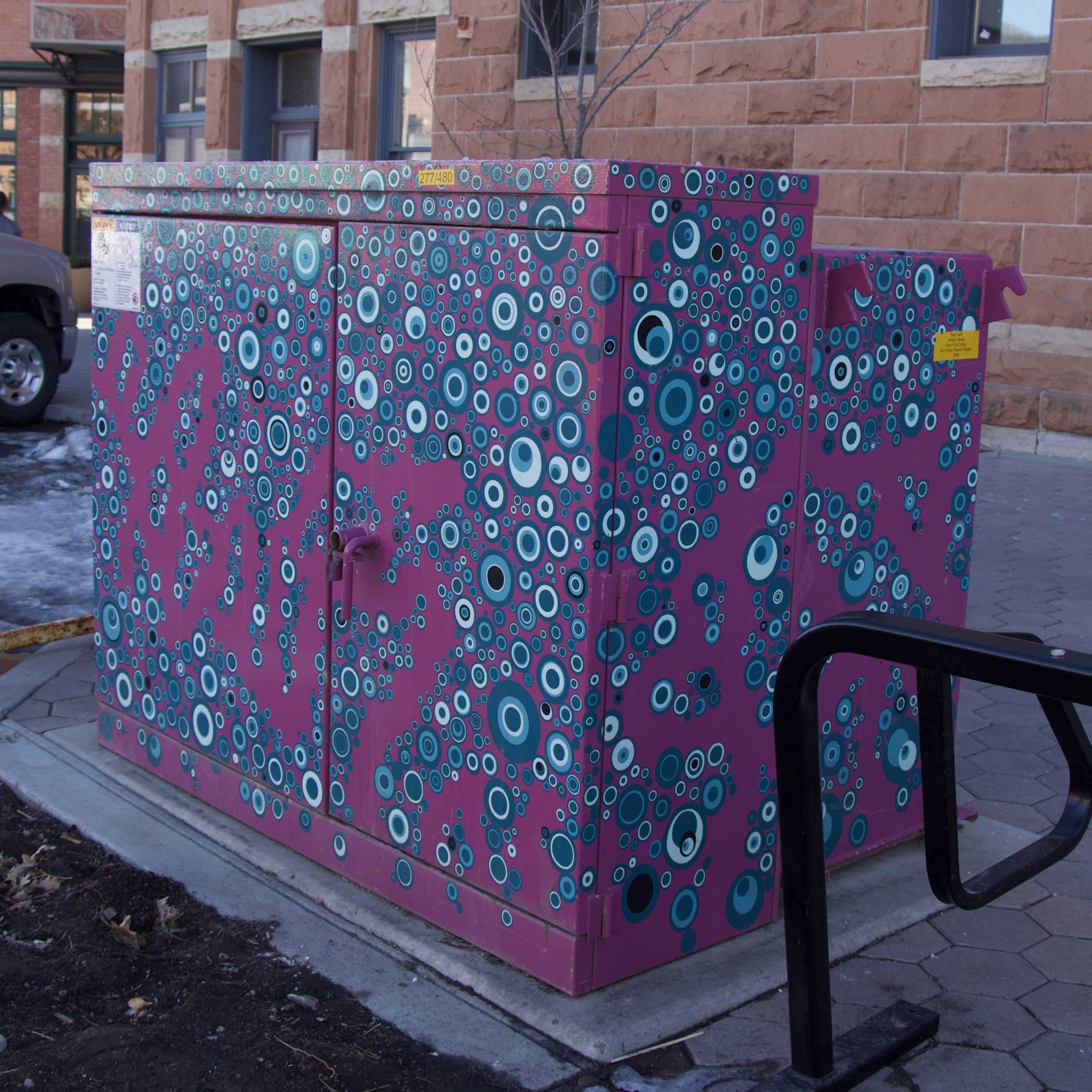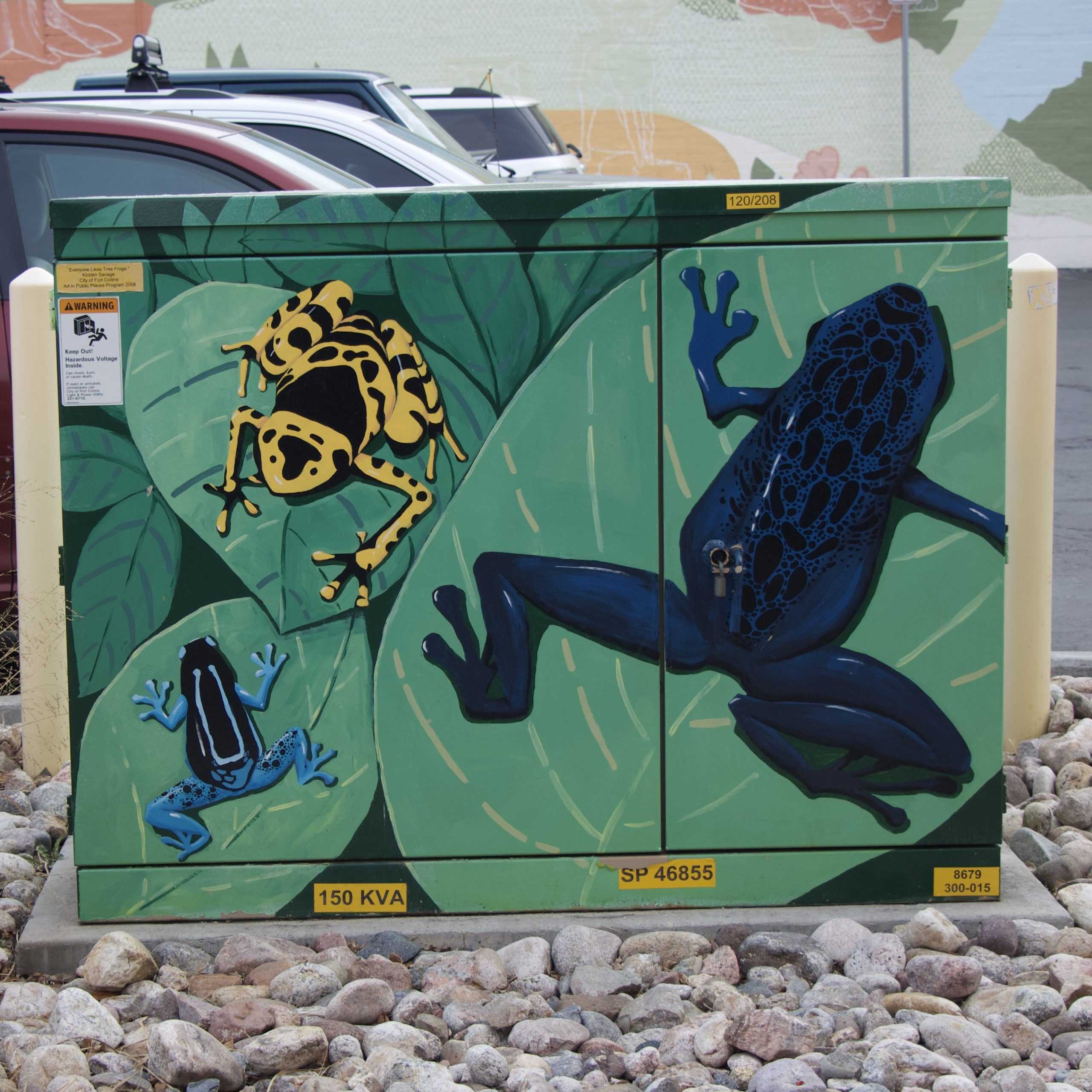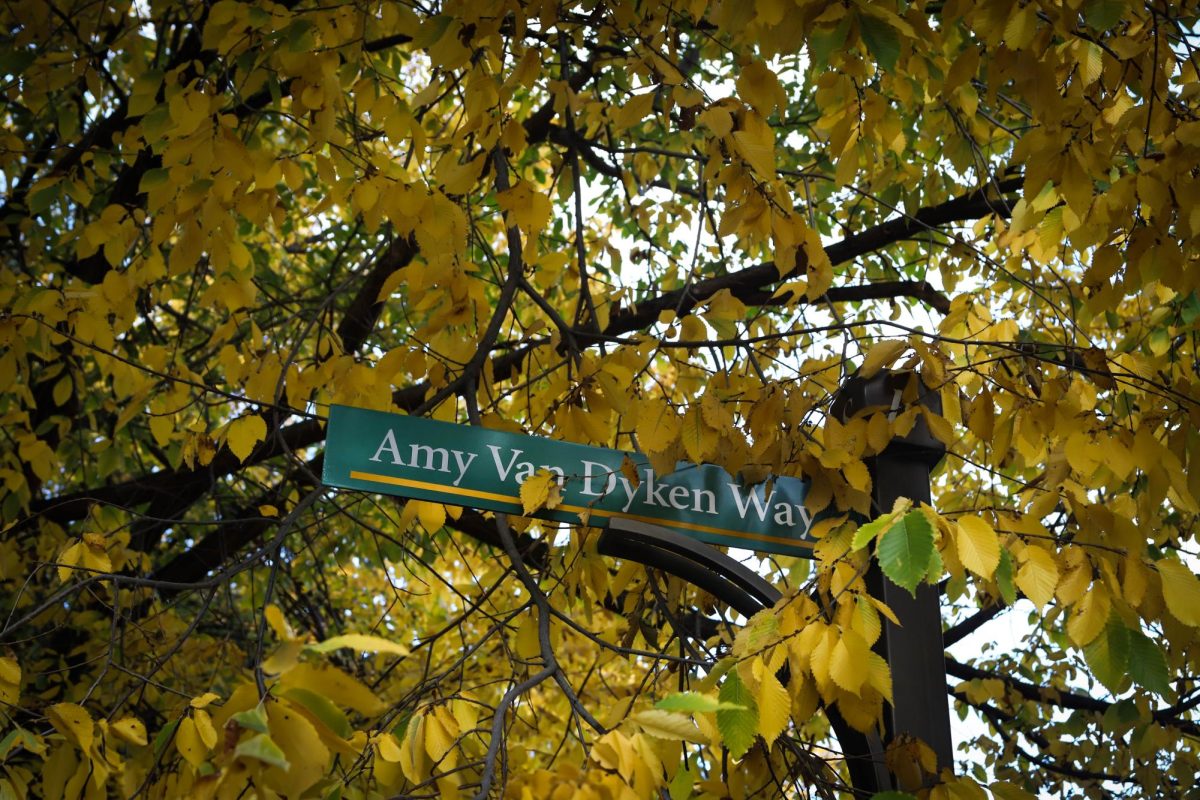When you first arrive in Old Town Fort Collins you’re greeted with bright colors intermingled with the red and grey buildings that line the streets. Murals can be seen everywhere as well as ornate utility boxes. If you look closely, you may even see a few painted pianos here and there out in the open plazas or concealed in the corners of parking garages.
Fort Collins has been known for its artwork for many years. The City started the Art in Public Places (APP) program in 1995 in order to show recognition that art is important to the quality of life as well as an economic driver in the community.
Ellen Martin, the visual arts administrator for the APP program praised the program for the benefits it has had within the community.

“Since the start, the program has enhanced the aesthetics of the City, developed creative public spaces, and spread artwork throughout the City,” she says. “The goals of the program are to enrich the public environment for residents and visitors through the visual arts, and increase public access to works of art.”
Martin also stated that the art promotes a variety of artistic expressions in the community, as well as contributing to the community’s civic pride and cultural diversity.
The Pianos About Town Program was started in 2010 as a collaboration between Bohemian Foundation, the Downtown Development Authority and the City of Fort Collins Art in Public Places Program.
“[The program] was inspired by Play Me, I’m Yours, an art project by British artist Luke Jerram that has been touring internationally since 2008,” Martin says.
She also states that 133 pianos have now been painted and they are regularly rotated to various locations around town for the community to play and enjoy.
Artists are able to apply to various projects by submitting their designs for murals, utility boxes, and pianos at the beginning of every year. A few artists are selected annually in order to complete these projects.
Pianos Around Town Artists

Jane Glotzer is a mosaic artist based in Boulder, Colorado who uses exclusively reclaimed materials for her work. She has painted two pianos so far.
“The Pianos About Town Program incorporates everything I love – upcycling, art and helping to bring people together through music and art,” she says.
Glotzer started upcycling through art when she worked for an interior design company.
“When you work in interior design you have to throw away so much stuff,” she says. “Because of this, I started making fabric pouches out of the materials that would have otherwise been thrown away. From there I started mosaicing.”
Glotzer created her first piano in 2017 which is a black and white patterned piece inspired by zentangle art. For her second piano in 2020, Glotzer stated that she wanted to try something different by using bright colors and more basic shapes. She started out by painting blocks of color, and then later adding universally recognised shapes to the colors in order to create motifs.
Ren Burke is an artist based in Fort Collins who specializes in fine art paintings, prints, and sculptures that are primarily focused on animals and the natural world. She has done eight pianos and 14 utility boxes over the past 12 years.
“The natural world has always inspired me,” Burke says. “I love the unpredictable essence of the wild and I’ve always made art, so I ended up combining them.”
Burke tells of how she decided to create art as a career instead of just keeping it as a hobby.
“When I was in college my parents steered me towards art education instead of fine arts because they thought it could provide a more stable income,” she says. “I ended up sticking to fine arts however, because that’s what I really love.”
All of the utility boxes and pianos that Burke has painted incorporate animals in some way, and many have vibrant colors and stylized shapes that easily catch the eye.
Public Art During COVID

Both Burke and Glotzer painted a piano in the year of 2020. When asked about their experience painting when the pandemic hit, both had positive things to say despite the grim circumstances.
“I had safety tape around me to prevent people from getting too close, and I had fewer interactions with people compared to years beforehand,” Burke says. “However, some people were very happy to see that the City was still continuing with the program.”
“Everyone was kind and positive for the most part,” Glotzer says. “Overall it was a great experience being outside and talking to people.”
Martin also discussed the various challenges and limitations that were put on the APP and the Pianos Around Town programs as well.
“The COVID-19 pandemic required delaying the start of the season and the first few artists being rescheduled to paint indoors later in the year,” she says. “Visitors were asked not to play the piano while it was being painted to discourage visitors from getting too close to the artists while they painted.”
She also mentioned that it became especially clear how important it was that the programs stay active during the pandemic. “During the pandemic, we heard stories on how important access to the pianos are to the community, especially as venues and music centers were not open to the public. For some, the pianos became their main access to instruments and to perform.”
It is clear that even through hardships such as the pandemic, the public art programs in Fort Collins will continue and thrive within the community. Having integrated art is vital to keeping the moral high of both the residents and artists that live in the city.
“I hope that people continue to recognize the value in art,” Burke says. “It’s usually the first thing to go and the last thing to come back, so I hope that the City will continue to keep public art going.”









